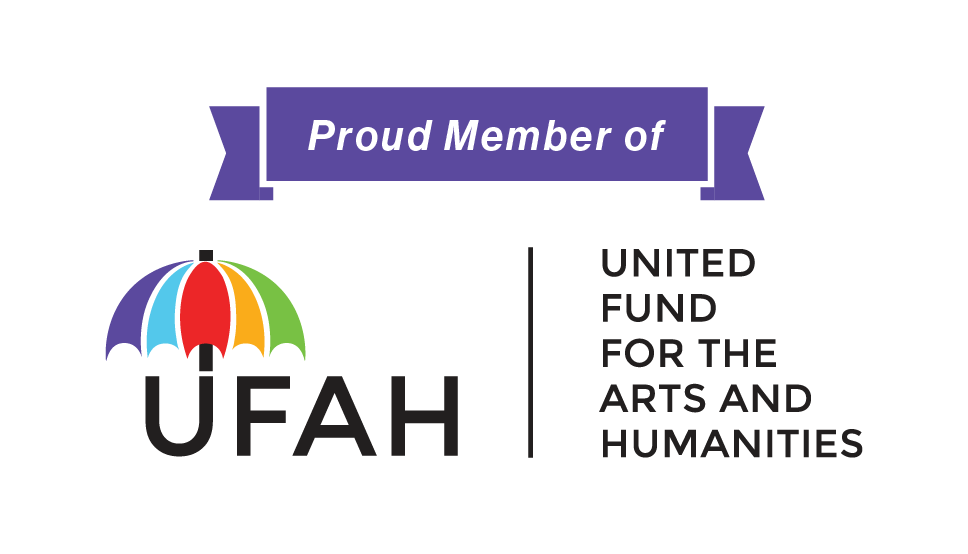Khi tes: Family and friends tie white strings around the wrists of the bride and the groom. While tying the white strings, family and friends wish them good luck and good health.
Lub kaus: Wedding umbrella. Traditionally, the umbrella is black with a black-and-white striped cloth, called suav ceeb (shoua ching) tied around it. The umbrella serves to shield the couple from harm while also providing blessings.
A traditional Hmong wedding is not just uniting the bride and groom but a multi-day event bringing the two families together involving rituals, music, dance, and gatherings. A wedding encompasses four essential components: the union of the bride and groom, the bride's welcoming into the groom's family, the wedding ceremony held at the bride's family home, and the conclusion of festivities at the groom's family home.
Before the wedding day, the families of the bride and groom participate in a series of discussions and negotiations regarding dowry and wedding arrangements.
Wedding Day: The ceremony often includes offerings to ancestors, blessings from elders, and the symbolic exchange of gifts. Family members play crucial roles in leading rituals and providing blessings.
Feasting and Celebration: A Hmong wedding is not complete without feasting. Large meals, including traditional dishes, are served to guests, accompanied by music, dance, and sometimes games.
Stitched and embroidered by an unknown Hmong artist.
Collection of the La Crosse County Historical Society, Gift of Sheila Kahlert, 2024.010.01.


